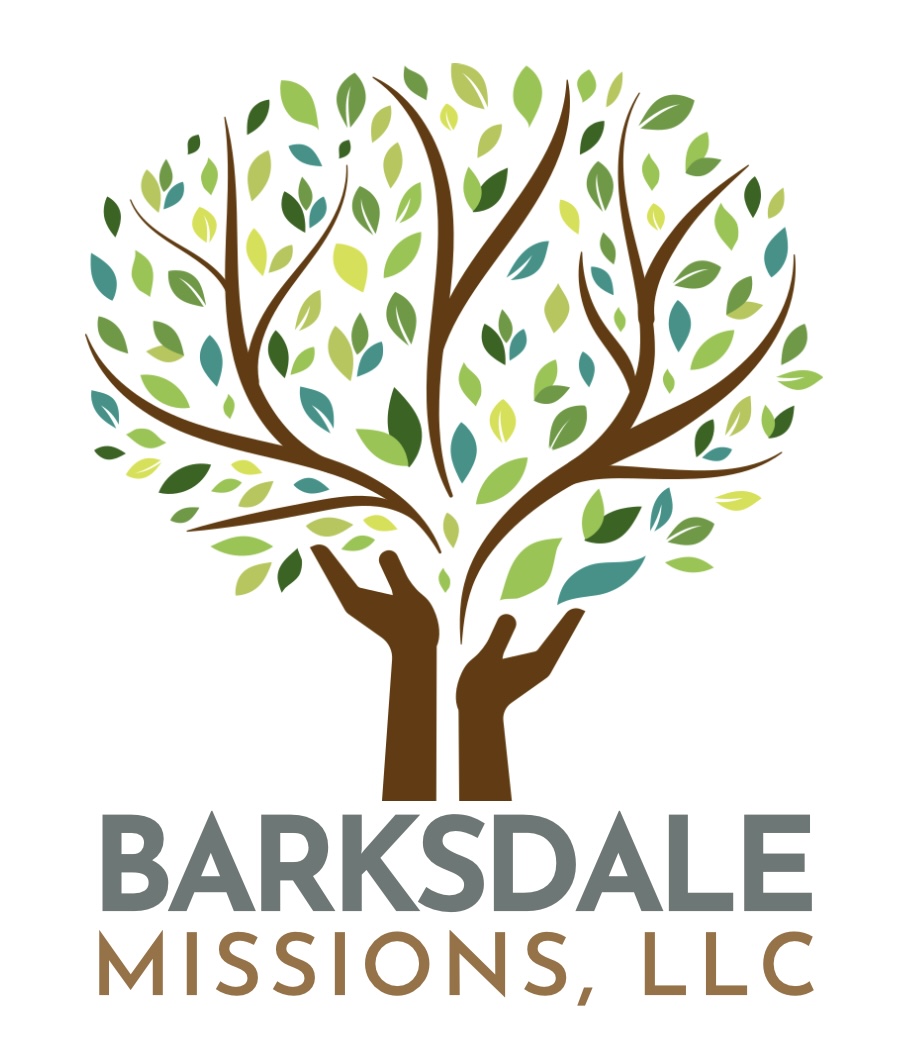Life can be very challenging for individuals and families who are impacted by Attention Deficit Hyperactivity Disorder (ADHD). Many children with ADHD are labeled as “bad” kids, leaving the parents and caregivers feeling defeated. As an adult with ADHD and a mom of children who have ADHD, I have felt the “mom guilt” on many occasions.
One son struggled with the expectations of sitting quietly and waiting patiently throughout his early childhood and elementary years. He learned to manage impulsive behaviors throughout middle school; for the most part–he still blurts out random sounds when sitting for a while. However, he was on medication for a year while he learned behavior modifications.
Our youngest son is the dictionary definition of a Sour Patch Kid! He is the sweetest, most loving, and empathetic child, but into everything. While touring a daycare center, my then 15-month-old nearly drank the Wallflower air freshener while the former Director and I stood right beside him and discussed the plans for him to begin the next week. That didn’t leave a good impression. Thankfully, she became our good friend, and we still laugh about that day…and all the other days he caused trouble for the poor teachers. He struggled to read in first grade, so we began medication in September, and he was one of the top readers in his class by Spring Break! He does well with routine and structure, but BIG emotions come out, causing others to consider him a “bad” kid or my husband and I “bad” parents.
For girls, ADHD often presents a little differently than boys. Symptoms related to anxiety are often seen in girls. Our daughter struggles to separate the difference between anxiety and ADHD simply because of the symptoms she feels in her body–which is common since those two diagnoses have many overlapping symptoms. When our older son blurts out random noises when energy has been trapped in him for a longer period, our daughter feels muscle tension throughout her body that leads to a heavy feeling, and she is unsure how to release it. The same goes for me–when I feel overwhelmed, it is often because I need to release some energy. (This is when I clean the best.)
I could sit here for days sharing different examples of my family’s experience with ADHD, but I’ll assume you have similar lived experiences as us; therefore, I will get to the point.
Fortunately, there are many resources available that can offset some of the symptoms and behavioral issues related to ADHD. Check out some of these websites and resources to find some you can use for your family.
Tips & Tricks
- Avoiding processed foods, refined sugars, and simple carbohydrates while increasing fruits and vegetables are some of the keys that can help the child with ADHD manage their symptoms a bit more effectively.
- Exercises like yoga focus on breathing and relaxing while working out. Cardio and other exercises are also good for those with ADHD symptoms, regardless of which brainwaves are involved, as all exercise builds dopamine and helps the body work off the unwanted neurochemicals related to symptoms.
- The omega-3 fatty acids found in fish oil are important in brain and nerve cell function. The body cannot make omega-3 fatty acids by itself, so people must get them through diet and supplements. This is especially important for people with ADHD, who may have low levels of the nutrient. There are two omega-3 fatty acids in fish oil: EPA and DHA. The best supplements have two or three times more EPA than DHA.
- Diet is a component of managing ADHD symptoms. Protein prevents surges in blood sugar that may increase hyperactivity and aids in producing attention-boosting neurotransmitters. High-fiber foods such as fruits and vegetables, whole grains, and legumes can help stabilize energy levels.
- One well-known benefit of exercise is increased endorphins, which can improve mood. Exercise also elevates dopamine, norepinephrine, and serotonin levels in the brain, increasing focus and attention. Walking for 30 minutes four times a week will do the trick, but skill-based exercises like martial arts or ballet are especially effective for those with ADHD.
- Studies have shown that spending 20 minutes a day in nature may improve ADHD symptoms in kids and adults. Green time is especially effective in helping kids recover from attention fatigue, which occurs after long periods spent in school. Gardening, biking to school, and walking the dog in the park are good ways to incorporate green time into the day.
Websites
- Child Neurology Foundation: Behavior Management
- Children and Adults with Attention-Deficit/Hyperactivity Disorder (CHADD): Parenting a Child with ADHD
- American Academy of Child & Adolescent Psychiatry: ADHD Resource Center
- Child Mind Institute: Complete Guide to ADHD
- More to ADHD: For Adults and Children
- ADDitude Magazine

